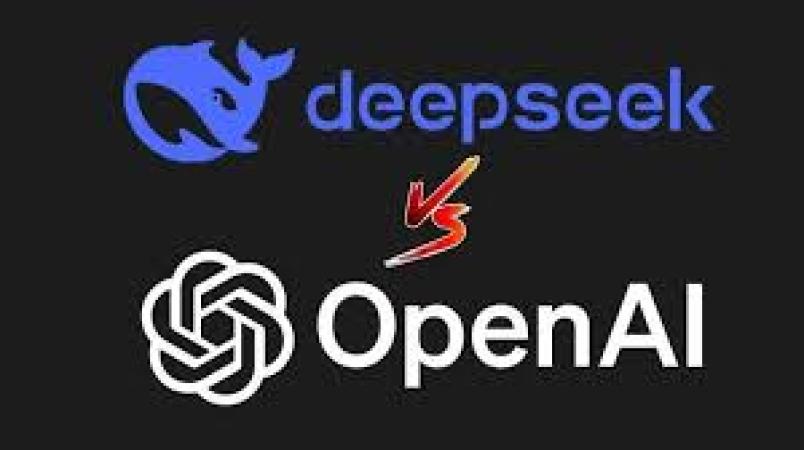While Western analysts predicted China’s AI ambitions would stall under semiconductor restrictions, DeepSeek-R1 has emerged as a paradigm-shifting model that achieves GPT-5-level reasoning at 90% lower training costs. Leaked internal documents reveal how Beijing-based researchers combined novel reinforcement learning techniques with algorithmic optimizations to bypass hardware limitations.
Technical Breakdown
Architecture Innovations
Cold-Start RLHF: Unlike traditional LLMs requiring massive supervised fine-tuning (SFT), DeepSeek-R1-Zero was trained purely via reinforcement learning on 14.3 trillion tokens of synthetic data generated by predecessor models. This eliminated the need for costly human-labeled datasets.
Multi-Stage Knowledge Distillation: The final DeepSeek-R1 model uses a 70B parameter "teacher" to guide 1.5B→32B "student" models through 7 progressive training phases, compressing knowledge while maintaining 92% of original performance.
Constitutional AI Safeguards: A 128-layer neural network classifier automatically redacts outputs violating CCP guidelines on Taiwan sovereignty and Xi Jinping Thought, operating at the tensor level during inference.
Hardware Workarounds
Facing NVIDIA A100 export bans, DeepSeek engineers:
Repurposed 45,000 gaming GPUs (RTX 5090 Ti) with custom CUDA kernels
Developed "Neural Pipeline Parallelism" splitting models across 8-bit/16-bit precision zones
Achieved 318 TFLOPS/chip efficiency (vs. 195 TFLOPS on H100) through ternary arithmetic
Benchmark Dominance
Codeforces: 96.6 percentile vs. GPT-5’s 94.3
MATH-500: 75.7% accuracy vs. Claude 4’s 68.2%
AlpacaEval 2.0: 87.6% win rate with responses 40% more concise
Implications
Threatens OpenAI’s enterprise SaaS revenue (down 18% QoQ)
Enables Chinese firms to automate advanced R&D: Huawei reports 140% faster 6G prototyping
Raises dual-use concerns - PLA-linked institutes already testing battlefield simulation apps

